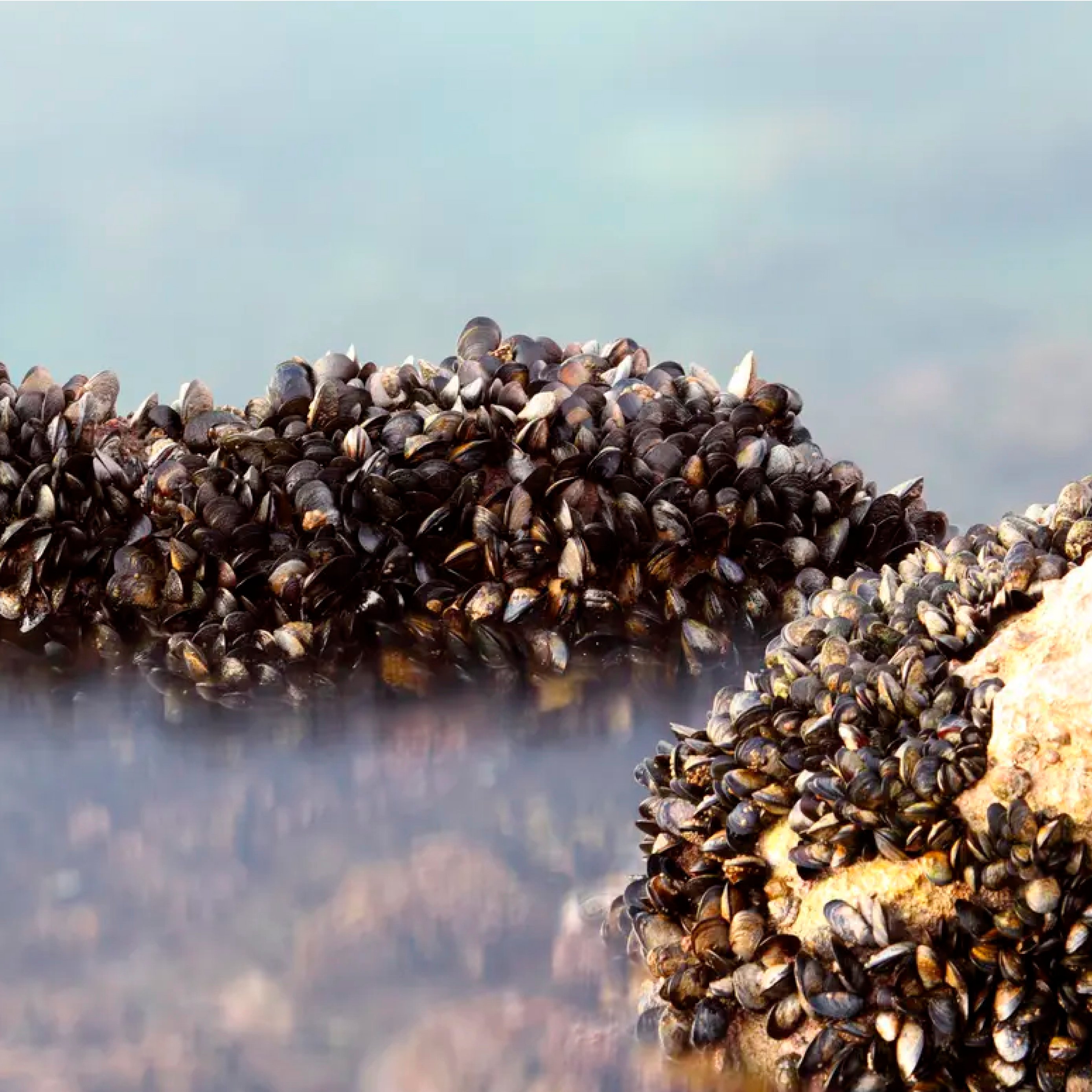Nanoporous Membrane Inspired by Mussels Can Enhance Sustainability in the Industrial Wastewater Treatment Industry

A team of international researchers have developed a new membrane that could improve sustainability in water management across various sectors. The newly developed thin-film composite nanoporous membrane, which is inspired in part by filter-feeding mussels, was developed for use in wastewater treatment systems. The membrane, known as TFC NPM, is extremely effective at separating salts and chemicals from wastewater, allowing them to be reused. The new membrane has the potential to filter industrial wastewater more efficiently, making water management more sustainable across various industries [1].
The results of the study, which was recently published in the scientific journal Nature Water, shows the membrane's capabilities and discusses its distinct characteristics that could open up opportunities for more eco-friendly water management in sectors like pharmaceuticals, oil and gas, textiles, and food processing.
According to the researchers, the membrane has the potential to serve as a substitute for the current counterparts employed in electrodialysis. Electrodialysis is a water treatment method that involves moving ions between solutions through membranes under the influence of an electrical current. The present membranes utilized for this purpose are costly and typically achieve separation efficiencies ranging from 90% to 95%. However, this recent study suggests that the innovative TFC NPM could offer substantial improvements, achieving efficiencies exceeding 99% while consuming less energy and being more cost-effective.[1]
According to Dr. Ming Xie, a chemical engineering lecturer at the University of Bath and a lead author of the study, the membrane could change the way we perceive wastewater.
"Traditionally, many industries have regarded the wastewater they create as a trade waste that is a necessary cost of business," Dr. Xie explains. "Technologies such as the membrane we have created can help us take steps toward lowering carbon emissions by reducing the energy requirement of wastewater treatment, while finding ways to efficiently separate the components in it such as chemicals, salts, energy, biomass and nutrients, before reusing them as high-value by-products." [1]
The scientists drew inspiration from mussels when developing the surface coating for the membrane, which consists of the polymer polyethyleneimine (PEI) and polydopamine (PDA), a substance that mussels naturally produce to adhere to surfaces like rocks or wood in aquatic environments. The adhesive properties of this coating makes the membrane extremely selective, allowing water to pass through freely while other substances and organic matter are trapped within the membrane. This enhanced filtration process results in high quality 'effluent' and high value chemicals available for recovery. This membrane is not only highly effective at separating chemicals individually, but also extremely energy-efficient to boot.
To test the PDA/PEI-coated membrane's filtration capabilities, the research team tested the membrane's ability to remove four antibiotics: ampicillin sodium, carbenicillin disodium, cefotaxime sodium, and ceftriaxone sodium. The membrane demonstrated an exceptional ability to remove antibiotics from saline solutions, achieving an impressive desalination efficiency of over 99.3% and a remarkable antibiotic recovery rate exceeding 99.1%. When used in industrial wastewater treatment systems, the membrane has the ability to outperform conventional treatment methods–such as state-of-the-art anion exchange membranes used to separate organics and NaCl–with negligible membrane fouling [2].
According to Dr. Dong Han Seo from the Department of Energy Engineering, Korea Institute of Energy Technology, and co-author of the paper, this research demonstrates the highly developed electrodialysis capabilities of the new membrane, and shows it can offer an efficient solution for addressing the significant challenge of treating bio-based wastewater produced in the pharmaceutical industry, enabling the effective recovery of high value chemicals while also producing reusable water in an energy-efficient manner [1].
"This simple yet effective coating provides long term stability and guarantees low energy consumption regardless of the wastewater conditions," explains study co-author, Dr. Jiuyang Lin, from the Chinese Academy of Sciences. "This is a breakthrough finding electrodialysis for wastewater treatment involving clever design of membrane, simulation and analysis." [1]
The researchers are now exploring avenues to scale-up the membrane for commercial production.
Sources
University of Bath. (2023, August 3). Mussel-inspired membrane can boost sustainability and add value to industrial wastewater treatment. ScienceDaily.
Retrieved September 2, 2023 from https://www.sciencedaily.com/releases/2023/08/230803125603.htm
Lin, J., Ye, W., Xie, S. et al. Shielding effect enables fast ion transfer through nanoporous membrane for highly energy-efficient electrodialysis. Nat Water 1, 725–735 (2023). https://doi.org/10.1038/s44221-023-00113-5
- Most Viewed Blog Articles (5)
- Company News (285)
- Emerging Technologies (64)
- Microbiology and Life Science News (93)
- Water and Fluid Separation News (97)
- Filtration Resources (93)
- Product News (19)


![Join Sterlitech at BIO 2024 [Booth #5558]: Exploring the Future of Biotechnology](https://www.sterlitech.com/media/blog/cache/300x200/magefan_blog/b4.jpeg)



